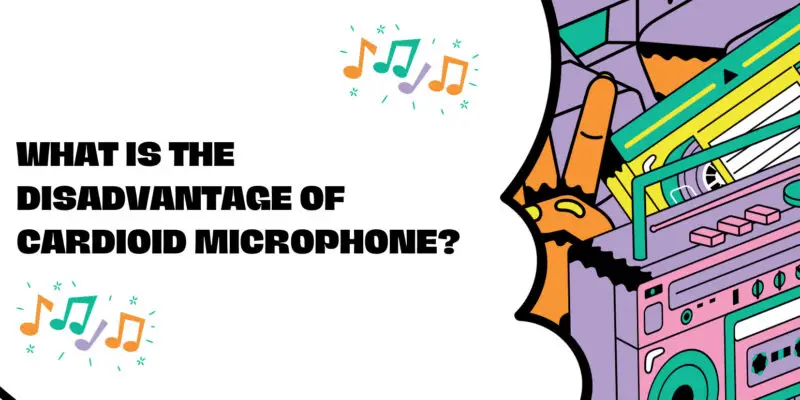Cardioid microphones are renowned for their directional sound capture capabilities, making them popular choices for a wide range of applications, from live sound reinforcement to studio recording. However, like any microphone type, cardioid microphones have their disadvantages and limitations. In this article, we will delve into some of the notable disadvantages of cardioid microphones and how to navigate them effectively.
Understanding Cardioid Microphones
Before we explore their disadvantages, let’s briefly review the characteristics of cardioid microphones:
- Heart-Shaped Pickup Pattern: The term “cardioid” derives from the Greek word “kardia,” meaning heart. Cardioid microphones have a heart-shaped pickup pattern, which means they are most sensitive to sound from the front while rejecting sound from the sides and rear.
Disadvantages of Cardioid Microphones
- Limited Sound Capture: While the directional nature of cardioid microphones is an advantage in many situations, it can be a disadvantage when you need to capture sound from a broader area. Cardioid microphones may miss subtle details or ambient sound that omnidirectional microphones would capture effortlessly.
- Proximity Effect: Cardioid microphones exhibit the proximity effect, which is an increase in bass response as the microphone is moved closer to the sound source. While this effect can be desirable in some cases, it can lead to a muffled or boomy sound if not managed properly, especially when recording vocals.
- Less Versatile for Group Recording: Cardioid microphones are not the best choice for recording multiple sound sources simultaneously, such as group vocals or acoustic ensembles. In such situations, omnidirectional or figure-8 microphones are often preferred.
- Off-Axis Coloration: Cardioid microphones may exhibit off-axis coloration, meaning that sound sources at angles slightly off to the sides may not be captured with the same tonal accuracy as those directly in front of the microphone. This can be a drawback in some studio recording scenarios.
- Feedback Risk in Live Sound: While cardioid microphones are excellent at rejecting sound from the sides and rear, they are more susceptible to feedback from monitor speakers, especially in live sound reinforcement. Careful monitor placement and microphone positioning are required to mitigate this risk effectively.
Mitigating Cardioid Microphone Disadvantages
While cardioid microphones have their disadvantages, they can still be used effectively in various scenarios with careful consideration and technique:
- Proximity Effect Management: To control the proximity effect, experiment with microphone placement and distance from the sound source. Adjusting the microphone’s distance and angle can help achieve the desired tonal balance.
- Use in Isolation: Cardioid microphones excel in isolating sound sources, making them ideal for situations where you need to capture one source while minimizing background noise or other sound sources.
- Off-Axis Mic Positioning: When recording with a cardioid microphone, ensure that the microphone’s main axis is pointing directly at the sound source to minimize off-axis coloration.
- Selecting the Right Microphone: Consider the specific application and sound source when choosing a microphone. For scenarios involving multiple sound sources or ambient recording, consider using microphones with different polar patterns, such as omnidirectional or figure-8 microphones, in conjunction with cardioid microphones.
Conclusion
Cardioid microphones are powerful tools for many audio applications, but they do come with certain disadvantages, including limitations in sound capture, the proximity effect, and off-axis coloration. By understanding these drawbacks and employing appropriate microphone placement and techniques, audio professionals can leverage the strengths of cardioid microphones while mitigating their disadvantages effectively, ensuring that they remain valuable assets in various recording and sound reinforcement situations.

